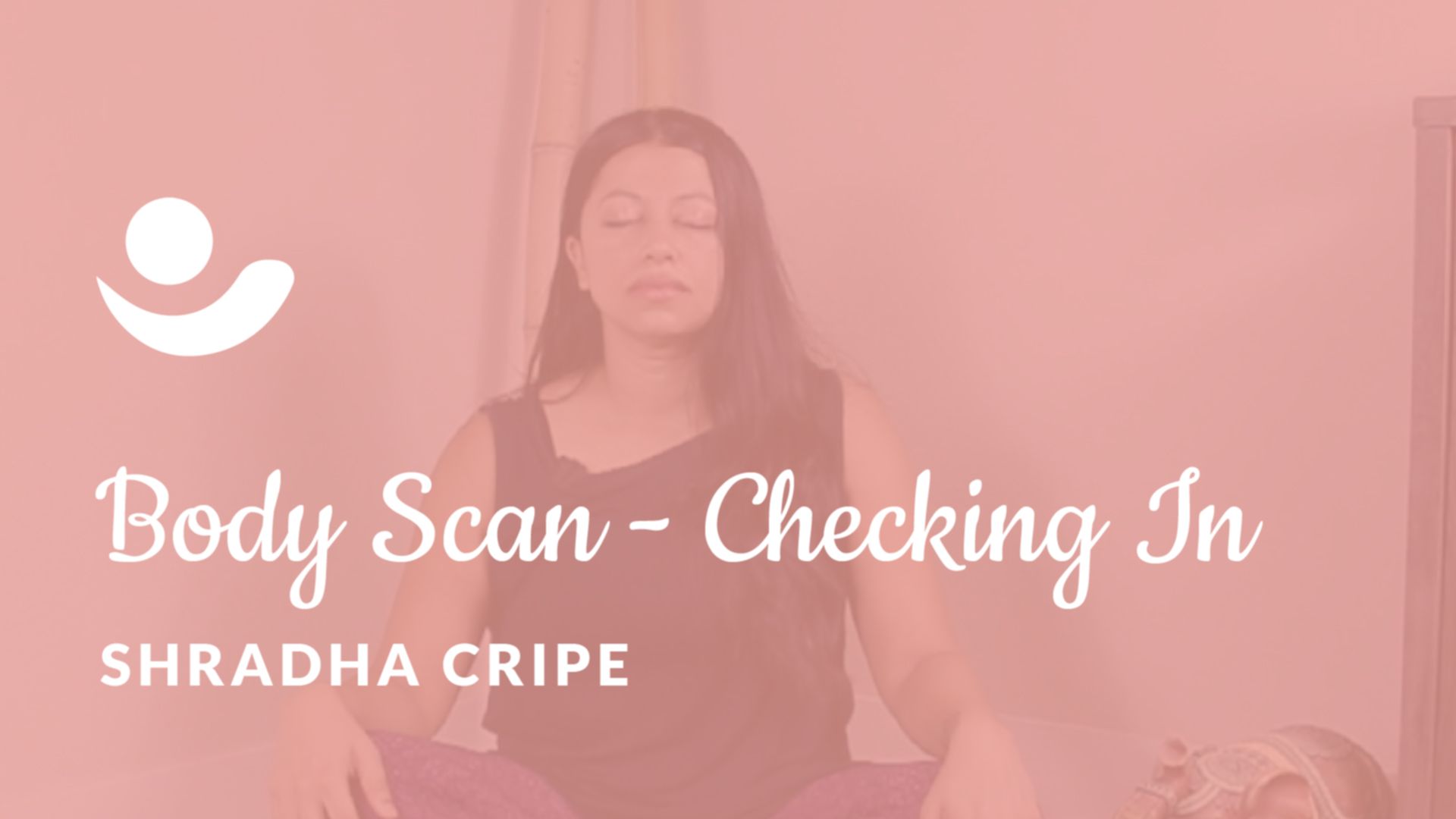Over the last decade, the speed of life has accelerated at unprecedented levels. Feelings of overwhelm and burnout are rising, as we experience increasing demands on our careers, health, relationships, and finances. With the speed of change, you may feel more pressured, always “on” 24/7, or highly distracted with endless information. Guess what? You are not alone.
Psychiatrist Edward Hallowell calls this neurological phenomenon Attention Deficit Trait (ADT). ADT is our brain’s reaction to the hyperkinetic external environment of speed, data, ideas, and increased workload to keep up with our demanding lives. ADT is different from Attention Deficit Disorder (ADD), which is rooted in genetics and diminishes the brain functions for regulating emotion (especially anger and frustration) and learning.
With our fast-paced lifestyles, our human brain needs to track many data points at once – emails, texts, calls, meetings, and more – creating anxiety, hyperactivity, exhaustion, and lack of focus. Unlike computers, managing multiple tasks at once, our brains can only manage one task at a time. Consequently, this accelerated speed drains our brain’s functioning, causing more mistakes, stress, and impatience.
Harvard Researchers Matthew Killingsworth and Daniel Stewart created an iPhone application to study “what makes us happy” across a diverse sample population of 5,000 people. The results showed that 47 percent of our waking hours, our minds wander or are not present with the activity at hand. Meanwhile, 53 percent of the time, participants experienced more happiness and engagement when their thoughts were aligned with their actions.
Although the digital world has revolutionized connecting people and things globally, it challenges our ability to pay attention, perform at peak levels, and be present with the people in our lives. One sign of ADT is looking at our relationship to digital devices. Do you find yourself checking your smartphone every moment, whether at work, eating a meal, in your car, or walking down the street? When we are constantly communicating through our devices, we begin developing ADT through our addictive behavior of having to quickly respond or take action. Hence, we fall into a dopamine trap of instant gratification, from checking off a to-do item or texting a friend.
Like you, I love my smartphone. It helps me be productive and impactful with my business and personal life. However, without mindful strategies to slow down, pause, and reflect, I would be overwhelmed with managing all of the competing priorities and information overflow.
Thankfully, by slowing down, we can overcome ADT. Slowing down helps us to neurologically recharge, reset, and cultivate more presence, focus, and peace of mind. To super-charge your physical, emotional, and mental well-being, experiment with these four mindfulness strategies:
- Meditate: A meditation practice is the elixir for quieting our busy minds. I recommend a simple practice for 10 minutes a day. This involves sitting comfortably with a relaxed body and straight posture, seated on a cushion or chair, and eyes closed or slightly open. Observe each breath in and out with a steady focus in a neutral, non-controlling way. When thoughts, sounds, sensations, and emotions arise, be with them without pushing them away or engaging with them; simply return your focus to your breath. These distractions will eventually fade away in your experience. Over time, you will create new neural pathways and cultivate a palpable stillness, aliveness, and joy.
- Take Breaks: Research shows that sitting for long periods has negative health effects, similar to smoking. Taking breaks every hour allows you to unplug from the busyness of work, move your body, and create mental space for more creativity. This may involve taking a short walk, talking with coworkers or friends, having a healthy meal or drink, or sitting in silence, focusing on breathing.
- Digital Detox: Find a time, daily, where you completely unplug from digital devices. Consider turning off devices at a certain time to allow more quality time with family, hiking in nature, or engaging in body-centered exercises, such as yoga or qigong.
- Yoga: A yoga practice is a perfect way to nourish the body and mind while increasing energy, flexibility, and well-being. You can choose from vigorous classes, such as vinyasa or ashtanga for strengthening and alignment, or restorative classes like yin or restorative for more relaxation, as well as muscle and fascia release.

















One reply on “4 Tips to Slow Down a Busy Mind”
This is not only written with eloquence but offers the public a healthy dose of positivity by addressing lifestyle options.
I have personally known Mary for many years and know she walks her talk and lives by the advice she offers.